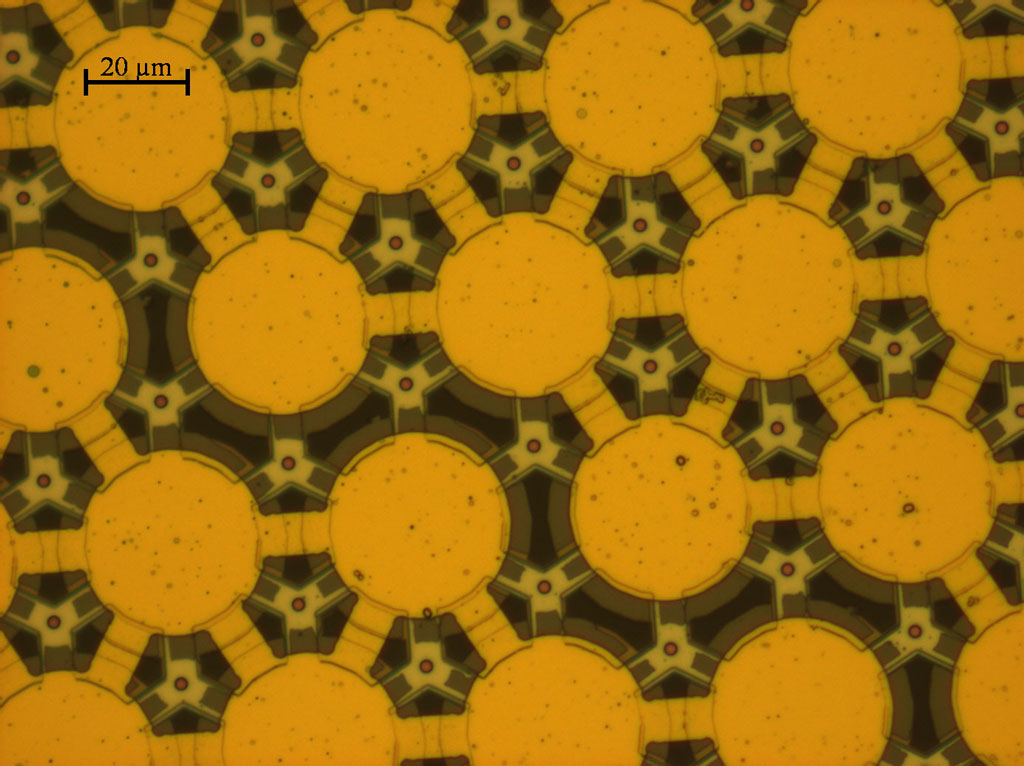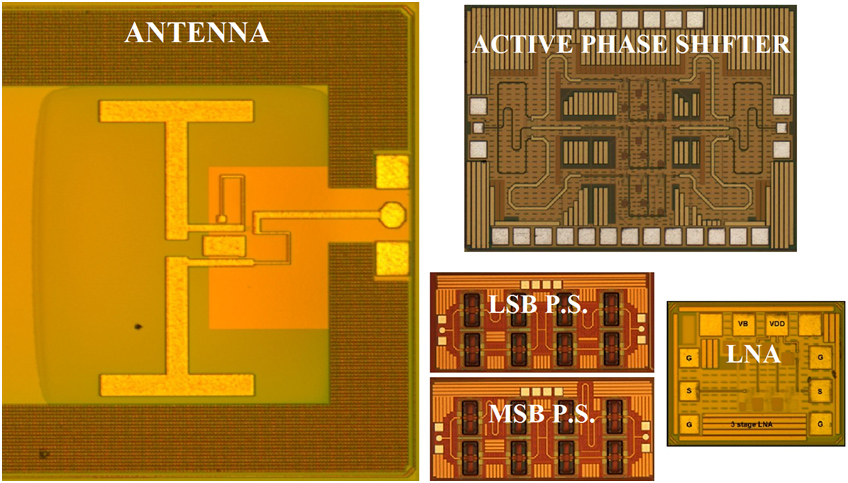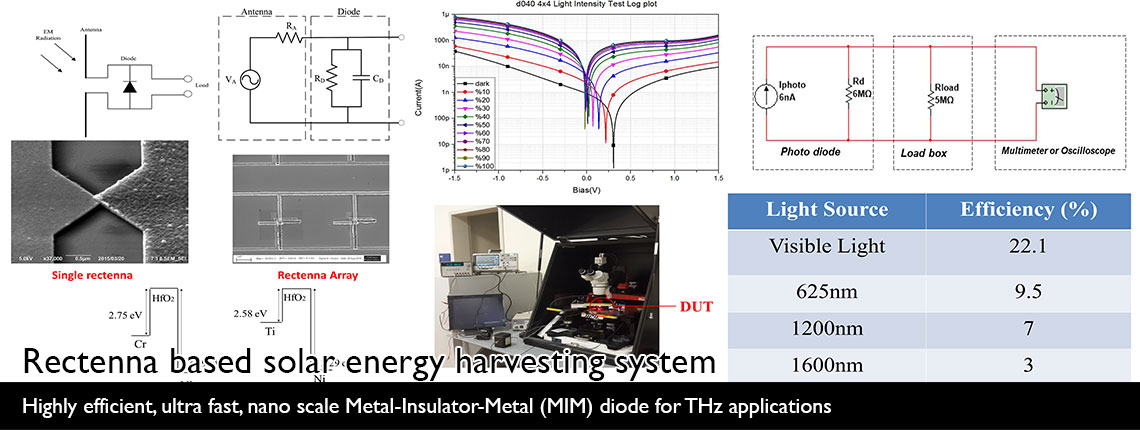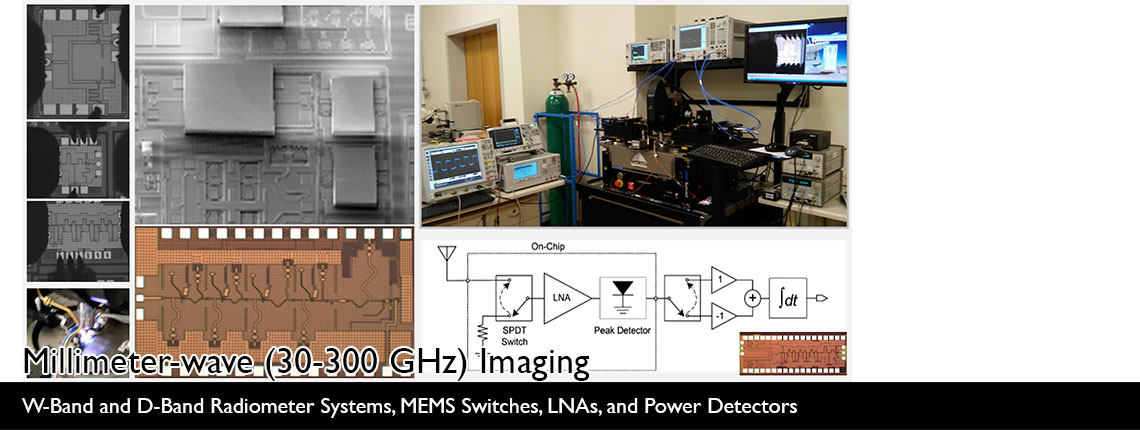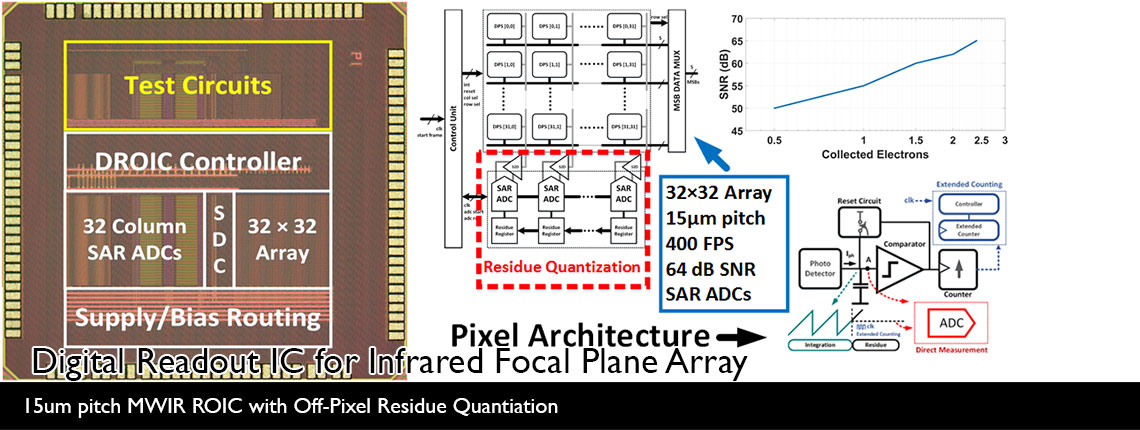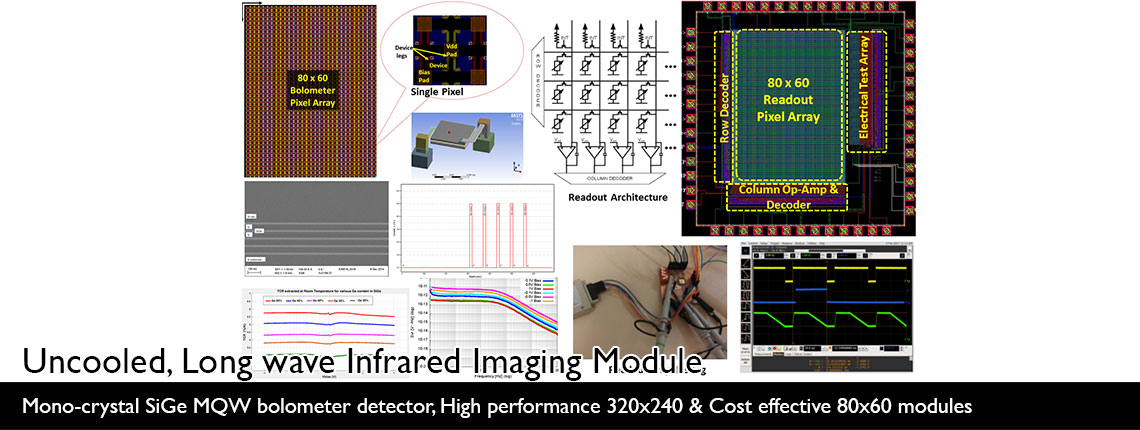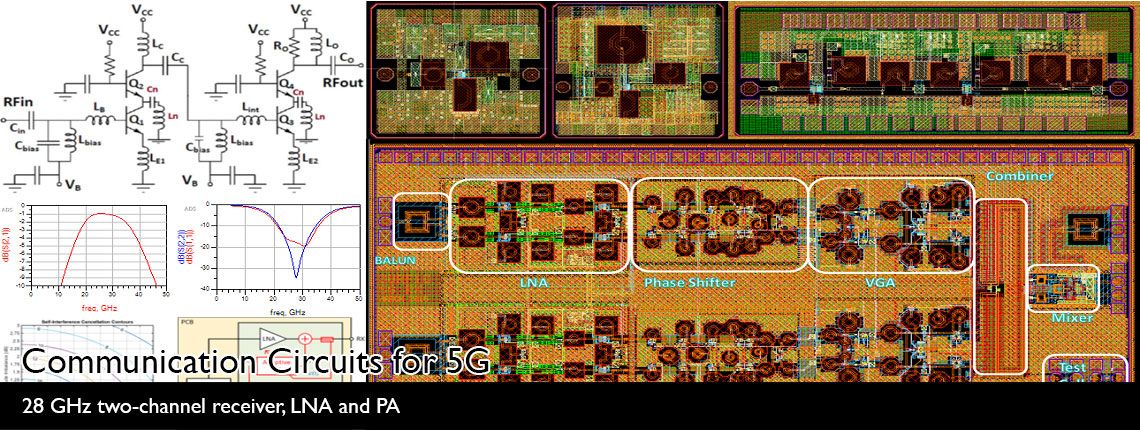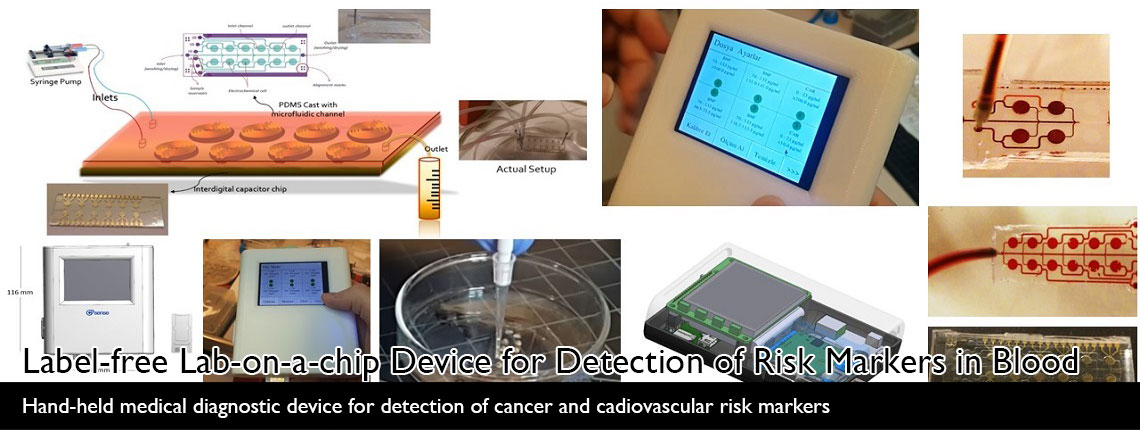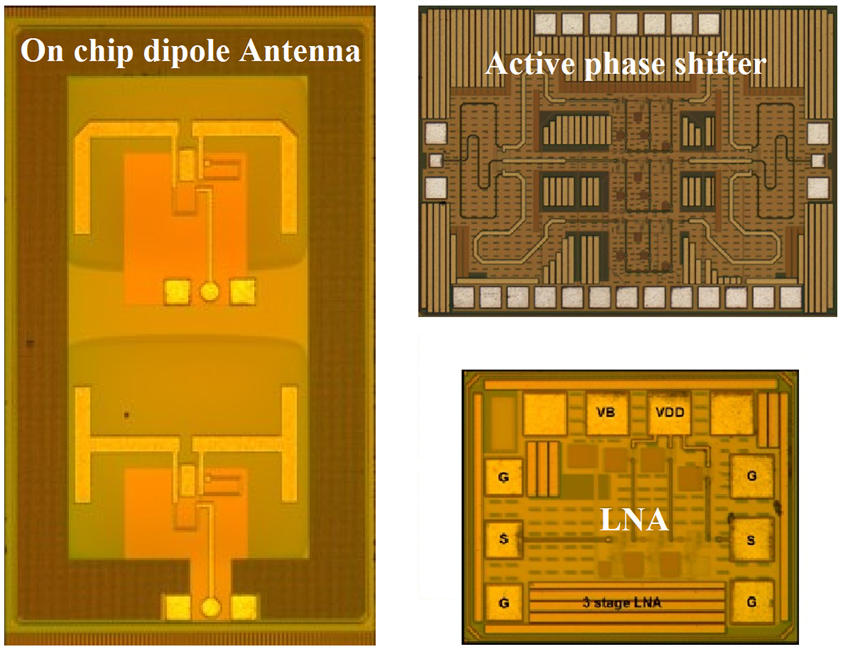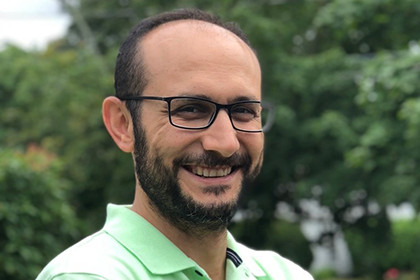
Özcan Öztürk
System-on-Chip Design and Test
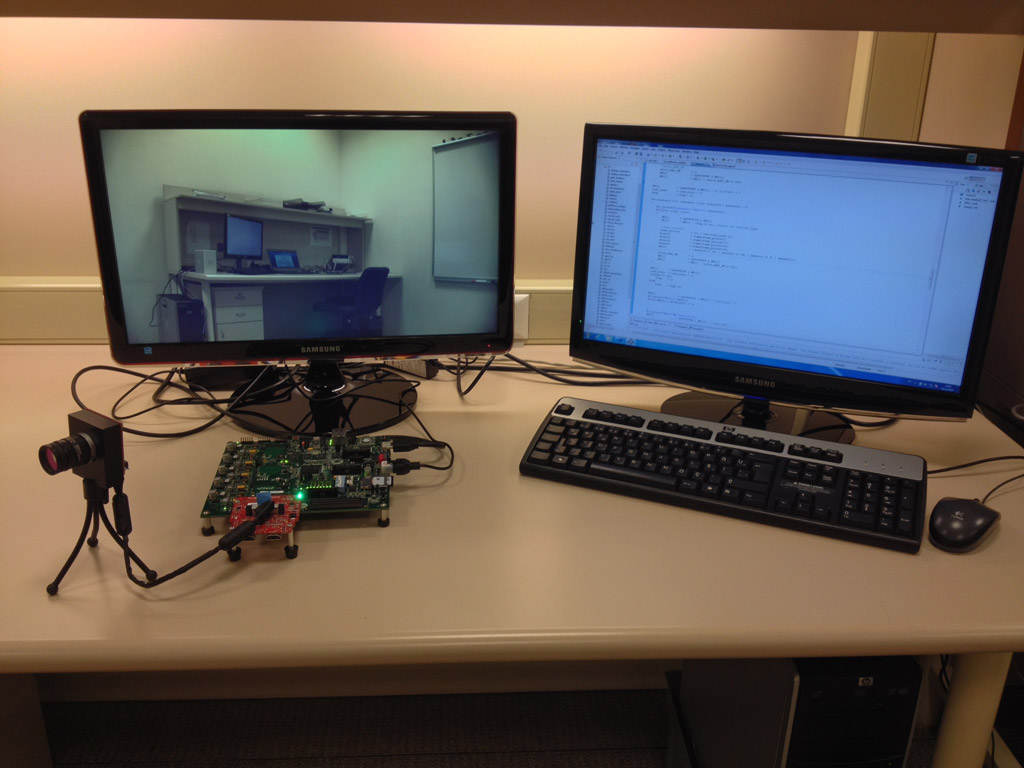
System-on-Chip (SoC) Design and Test Group works on designing and testing low power digital SoC ASICs and FPGAs for video processing and compression.
Further Information
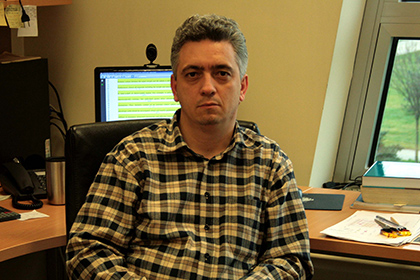
Ayhan Bozkurt
MEMS Based Ultrasonic Imaging and Therapy
MEMS based ultrasonic transducers offer great opportunities in the realization of integrated ultrasonic systems for diagnosis and therapy. Owing to the fact that close integration is a must for signal fidelity, improved performance calls for the design of application specific integrated circuits (ASICs). This makes the co-design of MEMS transducers and the associated electronics a very exciting research field.
- Analytical and Numerical Modeling of MEMS devices.
- Design and Manufacturing of MEMS based Ultrasonic Transducers
- Analog/Digital and High-voltage IC Design for Transducer Interfaces
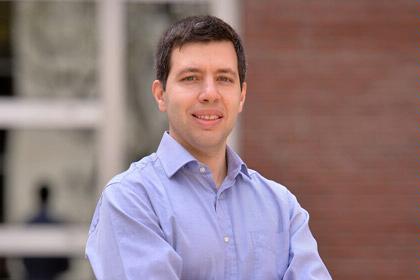
Murat Kaya Yapıcı
Micro/Nano Devices and Systems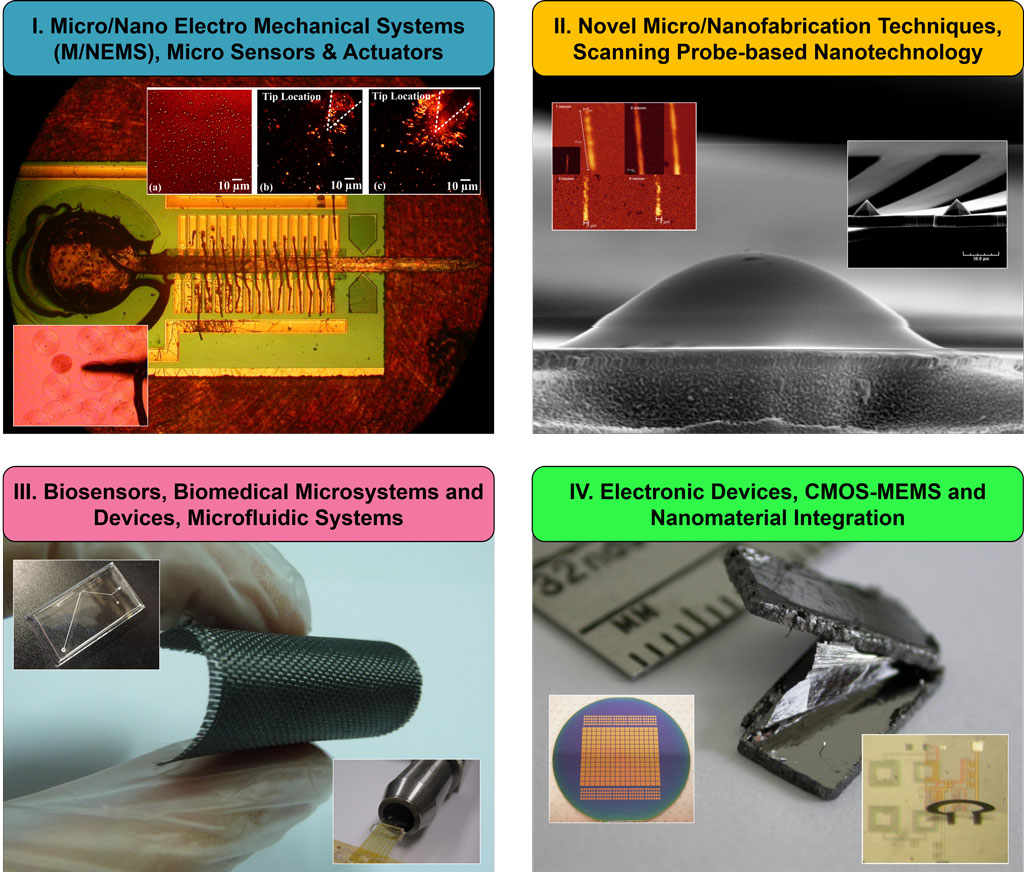
Micro/Nano Devices & Systems Lab (SU-MEMS) employs novel micro/nanofabrication technologies to develop miniaturized devices, sensors & actuators in an effort to solve interdisciplinary problems in biomedical sciences, electronics and nanotechnology. Our research activities are centralized around four major areas:
- Micro/Nano Electro Mechanical Systems (M/NEMS), Micro Sensors and Actuators
- Novel Micro/Nanofabrication Techniques, Scanning Probe-based Nanotechnology
- Biosensors, Biomedical Microsystems and Devices, Microfluidic Systems
- Electronic Devices, CMOS-MEMS and Nanomaterial (e.g. graphene) Integration
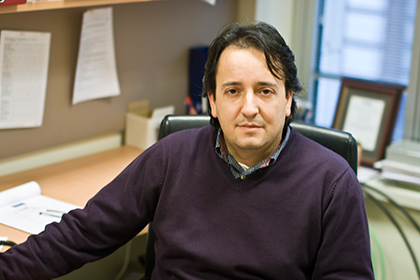
İbrahim Tekin
Radio Frequency and Millimeter-wave Antenna and Circuits Design
Group's research areas cover various topics of microwave engineering, especially designing antennas and RF active circuitry. Research includes both theoretical and practical phases. To conduct practical experiments, there are well-equipped, high-tech laboratories like SUNUM at Sabancı University. The group is actively working on a millimeter-wave (W-band) automotive radar project at 77GHz for collision avoidance, park aiding, and navigation.
General research interests include:
• Antenna and Propagation Modeling
• RF Integrated Circuits Design
• Millimeter Wave Antennas and Circuit Measurement
• Indoor GPS System
• Dielectric Measurement
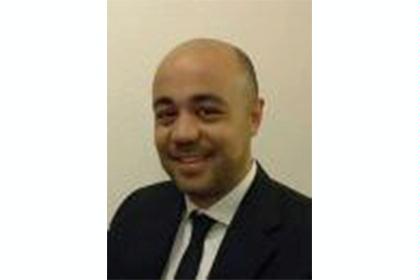
Mehmet Kaynak
SiGe BiCMOS Technologies with “More-than-Moore” Modules for mm-wave and THz Applications
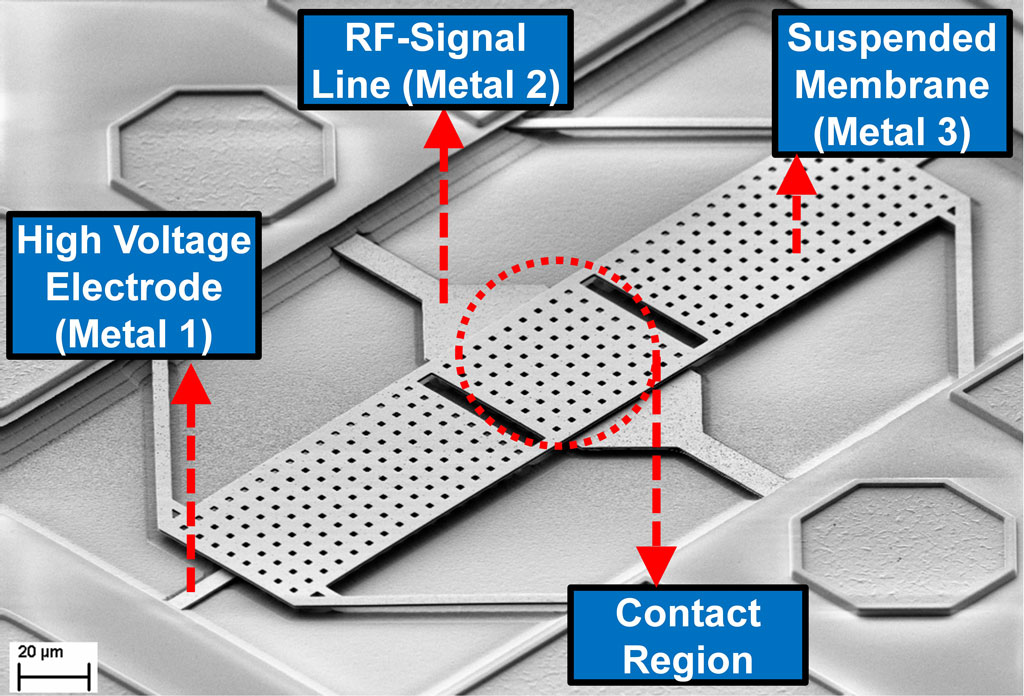
In the last decade, SiGe BiCMOS technologies have opened a new cost-efficient market at mm-wave frequencies. Beginning with the commercial use of automotive radars at 77 GHz, the market now has a strong interest in radar, sensor, and imaging products at mm-wave and sub-THz frequencies.
The latest developments on SiGe HBTs with an fmax beyond 700 GHz have boosted research and development efforts in circuit and system areas to capture this emerging market. Alongside these advancements, the "More-than-Moore" approach—incorporating additional functionalities like MEMS devices and microfluidics into standard CMOS processes—enables the realization of multi-functional circuits and systems.
Our research activities are conducted within the IHP – Sabanci University joint lab , focusing on the following research themes:
- SiGe BiCMOS-based mm-wave and THz semiconductor technologies
- RF Micro-Electro-Mechanical-Systems (RF-MEMS)
- mm-wave and THz silicon-based device and circuit design
- Heterogeneous Integration and System-in-Package (SiP) technologies for high-frequency electronics
- THz sensor and microfluidics applications for bio-electronic systems
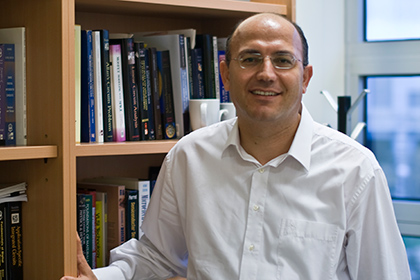
Yaşar Gürbüz
Sabancı University MicroElectronics Research Group (SUMER)
The research objective of Sabancı University MicroElectronics Research Group (SUMER) is to use new technologies, techniques, and architectures to develop novel integrated devices, sensors/detectors, circuits, and systems. The group explores the continuous advances of micro/nano-electronics to promote their usage and exploitation in real-life applications.
While achieving our research objectives, we educate our BSc, MSc, and PhD students to become top-level academicians, scientists, or engineers who can contribute to science and/or industry. They are trained to successfully deal with challenges and apply high-level fundamental research and knowledge to advance science and technology.
The research group mainly focuses on the following major research areas:
- High-frequency integrated circuit design up to 240 GHz (RFIC, mm-wave IC, 5G, Terahertz Imaging, Radiometry)
- Mixed signal integrated circuit design (ReadOut Integrated Circuit (ROIC) design for infrared imaging systems, ADC, DAC, etc.)
- Energy harvesting
- Biosensor and biosensor interface design
- MicroElectroMechanical System (MEMS) design for different applications
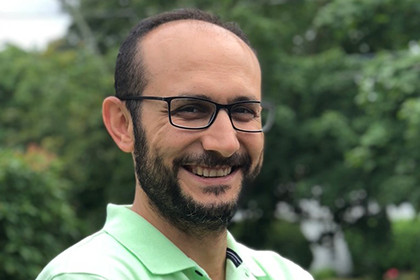
Özcan Öztürk
Processors & Computing Systems
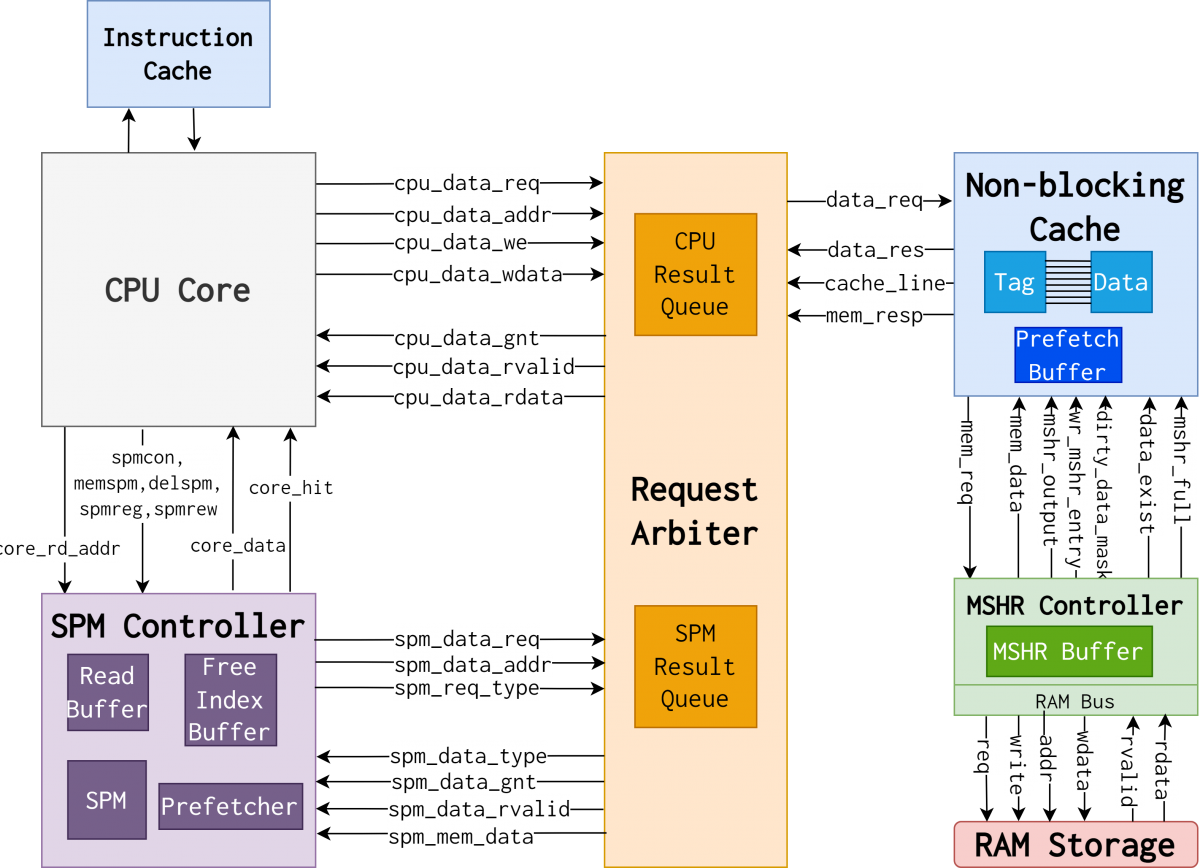
Custom graph processor with different components: CPU with its Instruction Cache, SPM Controller, Request Arbiter, Non-blocking Cache, MSHR Controller, and RAM Storage.
Specialized hardware accelerators and custom processors can significantly improve computing systems' performance and power efficiency. Specific hardware accelerators for different applications and configurable architecture templates optimized for custom applications are important. The proposed architectures need to address the limitations of the existing multi-core CPU and GPU architectures for these new types of applications.
Embedded systems and low-power execution scenarios are specifically targeted in custom hardware design. Our research covers various implementations focusing on reliability, power, and performance improvements.
For example, we implemented a Domain-Specific Processor that extends the RISC-V instruction set architecture (ISA) with custom instructions. The memory-centric custom instructions enable the underlying architecture to utilize the cache system efficiently without limiting the programmability provided by ISA. On the other hand, it is adaptable because it can process different complicated graph algorithms without changing the underlying architecture, provided that the custom instructions are effectively utilized.
This kind of implementation can utilize different hardware description languages (HDLs) levels, including Verilog, SystemC, or Chisel.

Özcan Öztürk
Machine Learning, Statistical Signal Processing and Computer Vision
Dr. Huseyin Ozkan is currently an assistant professor of electronics engineering in the Faculty of Engineering and Natural Sciences at Sabanci University.
Dr. Ozkan received his B.Sc. degrees in Electrical Engineering and Mathematics from Bogazici University; and his M.Sc. and Ph.D. degrees in Electrical Engineering from Boston University and Bilkent University, respectively.
Previously, he had been working as a postdoctoral research associate in Vision and Computational Neuroscience at the Massachusetts Institute of Technology.
His research interests are in machine learning, signal processing, computer vision, and computational neuroscience.
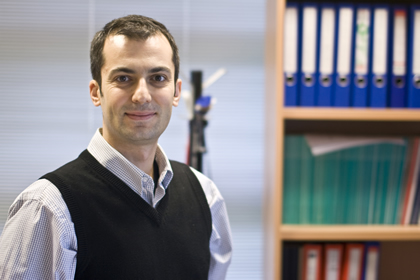
Özgür Erçetin
Communication Networks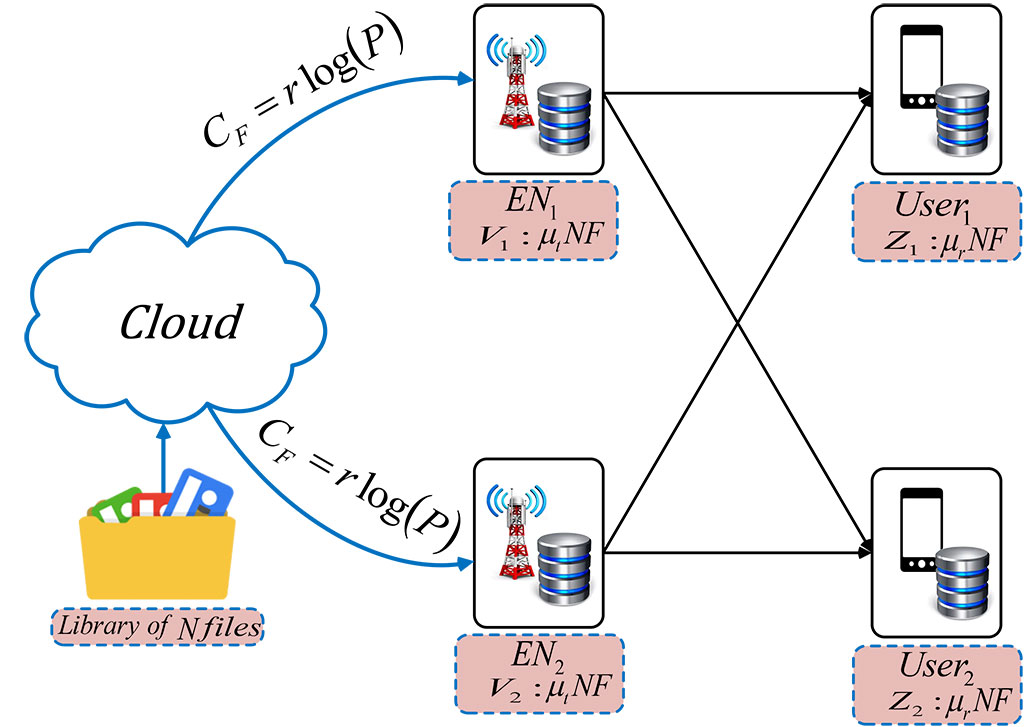
His current research focuses on building a fundamental understanding of and developing enabling technologies for the upcoming Fifth Generation (5G) wireless networks.
To this end, he is currently working on research topics such as:
- Cache-aided wireless networks
- Energy-efficient communications
- Energy harvesting systems
- Information-theoretical secrecy
His general area of interest includes communication, networking, and stochastic optimization.

Özgür Gürbüz
Wireless Networks
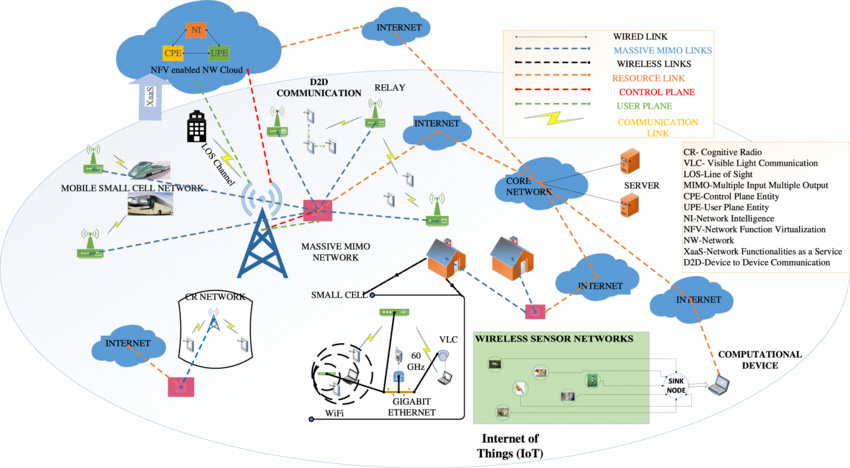
Dr. Gürbüz’s research focuses on designing network algorithms and protocols for bandwidth and/or energy-efficient wireless networking towards 5G systems.
In this context, her research interests include, but are not limited to:
- Medium Access Control (MAC), resource allocation, and routing
- Cross-layer design
- Video delivery and Quality of Service
- Cooperative communications and networking
- Full duplex wireless communications and networking
- Full duplex radio implementation
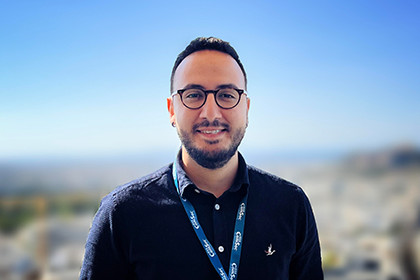
Çağlar Tunç
AI for 5G/6G Networks
This area focuses on using AI and digital twin technology to optimize and secure next-generation wireless networks. AI-driven techniques improve network management, resource allocation, and adaptive control, while network digital twins enable real-time simulation, optimization, and resilience testing.
His research focuses on AI-driven optimization and digital twin modeling for wireless networks. He is working on developing learning-based methods for dynamic resource allocation, multi-connectivity strategies (e.g., MR-DC), and interference management in 5G/6G. He also builds digital twin frameworks to simulate network behavior, integrating real-time data for predictive analytics and optimization. His methods are applied in areas such as energy-efficient network operation, ultra-reliable low-latency communication (URLLC), and disaster recovery using digital twin-based simulations. These solutions help improve the efficiency, adaptability, and security of future wireless networks.
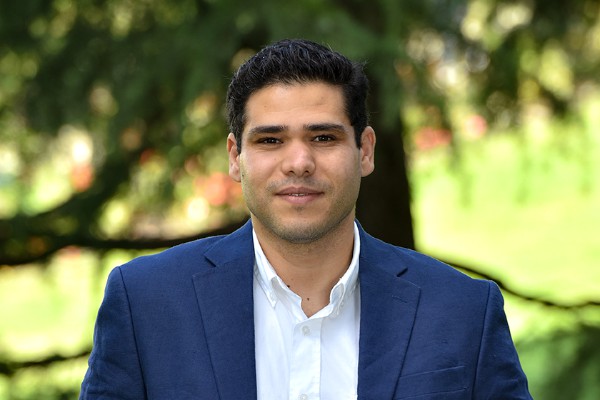
Mohaned Chraiti
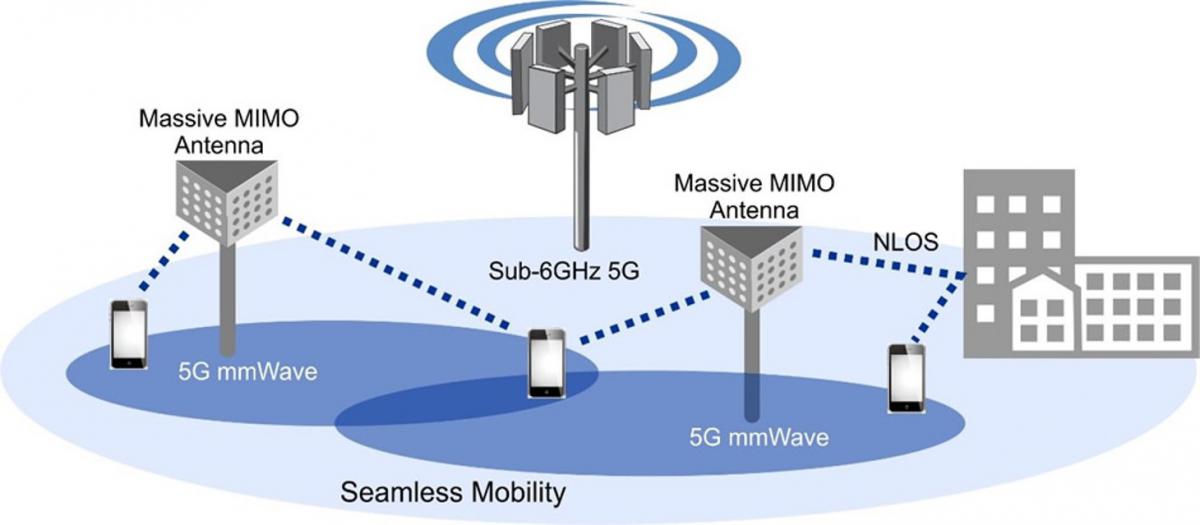
Dr. Chraiti’s research encompasses a diverse range of interests, including addressing fundamental challenges in mmWave technology, investigating task-oriented communications with a focus on the theoretical limits of lossy compression, and exploring open radio access networks to enhance end-to-end performance control for optimal network efficiency. Additionally, he is engaged in advancing Integrated Access and Backhaul (IAB) technology, with an emphasis on cellular planning and optimizing handover processes in dense networks.
- Technologies: 6G NG-RAN; Open Radio Access Network; mmWave and sub-Terahertz Communications; Integrated-Access-and-Backhauling (IAB); Digital Twin (DT); IoT/IoE; and LEO Satellites.
- Theories and Concepts: Task-Oriented Communications ; Viability Theory; Transfer of Entropy; UAV communications; self-organized network; Zero-Touch Networks; radio propagation; communication theory; information theory; and stochastic networks.
Further Information
Associated Faculty Members from other programs are shown in italics
